Compressive Strength: Basics And Examples
What is Compressive Strength?
Compressive strength is a fundamental property of materials that specifies their capacity to withstand forces that act to reduce their size. It is essential in the design and analysis of structures to ensure that buildings, bridges and other constructions carry the prescribed loads without failure. The evaluation of compressive strength assists engineers in selecting appropriate materials and in designing structures that comply with required specifications.
Several factors affect the compressive strength of a material:
- Material composition: The type and quality of the materials used directly influence compressive strength.
- Curing conditions: Appropriate curing procedures enhance the ability of the material to resist compressive forces.
- Age of the material: Over time, materials such as concrete may gain strength, thereby increasing their compressive strength.
- Environmental conditions: Factors such as moisture and temperature affect compressive strength.
Compressive Strength vs. Tensile Strength
Whereas compressive strength measures a material’s ability to resist compressive or crushing forces, tensile strength evaluates its capacity to withstand tensile or stretching forces. Both properties are important in engineering given that structures are subjected to combined compressive and tensile loads.
Compressive and Tensile Strength in Construction
Balancing Both Strengths
In construction, a balanced ratio of compressive and tensile strengths is crucial to create structures that accommodate various loads. For instance, combining materials with high compressive strength, such as concrete, with materials with high tensile strength, such as steel, yields structures that fulfil the specified load requirements.
Practical Examples
- Reinforced concrete: This material combines the high compressive strength of concrete with the tensile strength of steel, resulting in a blend that meets the required load-bearing specifications.
- Composite materials: These utilises the strengths of different materials to achieve defined performance criteria for specific applications.
Compressive Strength of Common Materials
|
Material |
Compressive Strength (MPa) |
Tensile Strength (MPa) |
|
Concrete |
20-40 |
2-5 |
|
250-550 |
400-700 |
|
|
Wood (Oak) |
40-50 |
90-100 |
|
Brick |
5-25 |
2-7 |
|
200-400 |
150-300 |
Measurement of Compressive Strength
Standard Testing Methods
Typically, compressive strength is measured using standardised tests. In these tests, gradually increasing loads are applied to a specimen until failure occurs. The maximum load that the specimen withstood is recorded and used to calculate compressive strength.
The Importance of Accurate Measurement
Accurate measurement of compressive strength ensures that materials meet the required specifications for safety and performance in their designated applications.
Frequently Asked Questions
What is the difference between compressive and tensile strength?
Compressive strength measures a material’s ability to resist compressive or crushing forces, whereas tensile strength evaluates its capacity to withstand tensile or stretching forces.
Why is compressive strength important in construction?
In construction, compressive strength is important to ensure that materials withstand applied loads and stresses, thereby maintaining the structural integrity and safety of buildings and infrastructures.
How is compressive strength tested?
Compressive strength is tested by applying gradually increasing loads to a material specimen until failure occurs. The maximum load the specimen withstands is recorded to calculate compressive strength.
Can compressive and tensile strength be improved simultaneously?
Both compressive and tensile strength can be improved simultaneously through appropriate material selection, treatment procedures and construction techniques; thereby ensuring that performance criteria are met.
Which materials typically exhibit high compressive strength?
Materials such as concrete, steel and certain composite materials are known for their high compressive strength and are therefore suitable for various structural applications.

 Bars
Bars
 Beads & Spheres
Beads & Spheres
 Bolts & Nuts
Bolts & Nuts
 Crucibles
Crucibles
 Discs
Discs
 Fibers & Fabrics
Fibers & Fabrics
 Films
Films
 Flake
Flake
 Foams
Foams
 Foil
Foil
 Granules
Granules
 Honeycombs
Honeycombs
 Ink
Ink
 Laminate
Laminate
 Lumps
Lumps
 Meshes
Meshes
 Metallised Film
Metallised Film
 Plate
Plate
 Powders
Powders
 Rod
Rod
 Sheets
Sheets
 Single Crystals
Single Crystals
 Sputtering Target
Sputtering Target
 Tubes
Tubes
 Washer
Washer
 Wires
Wires
 Converters & Calculators
Converters & Calculators
 Write for Us
Write for Us
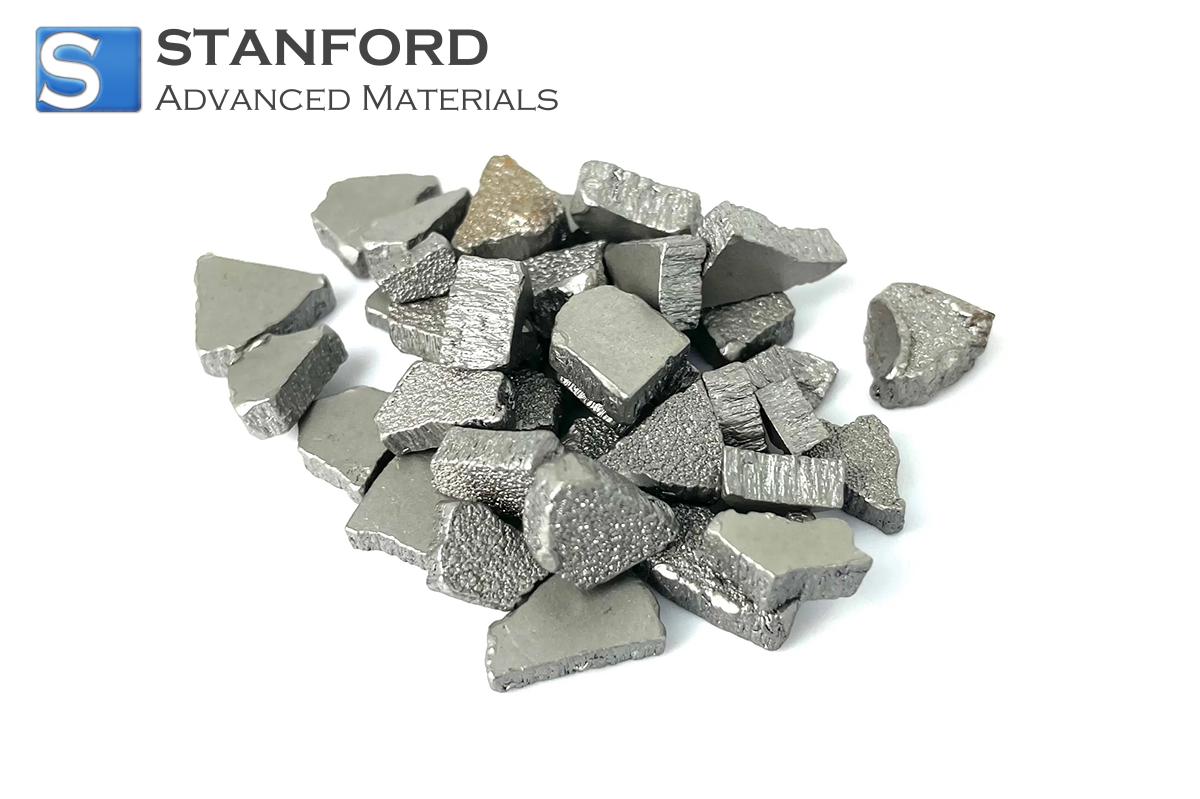
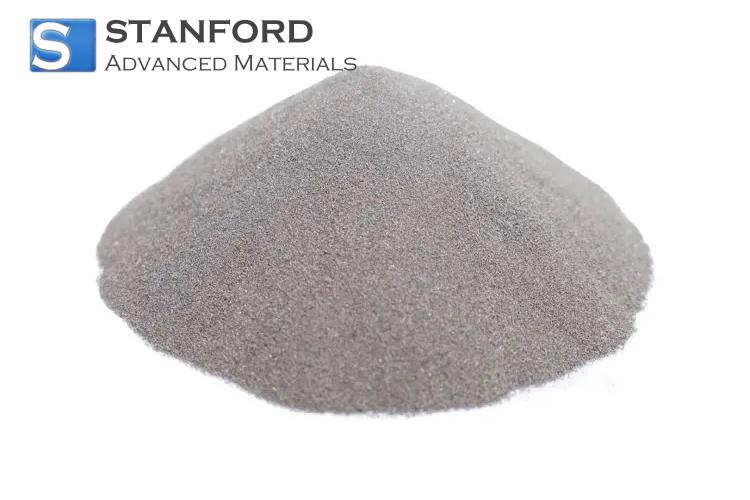
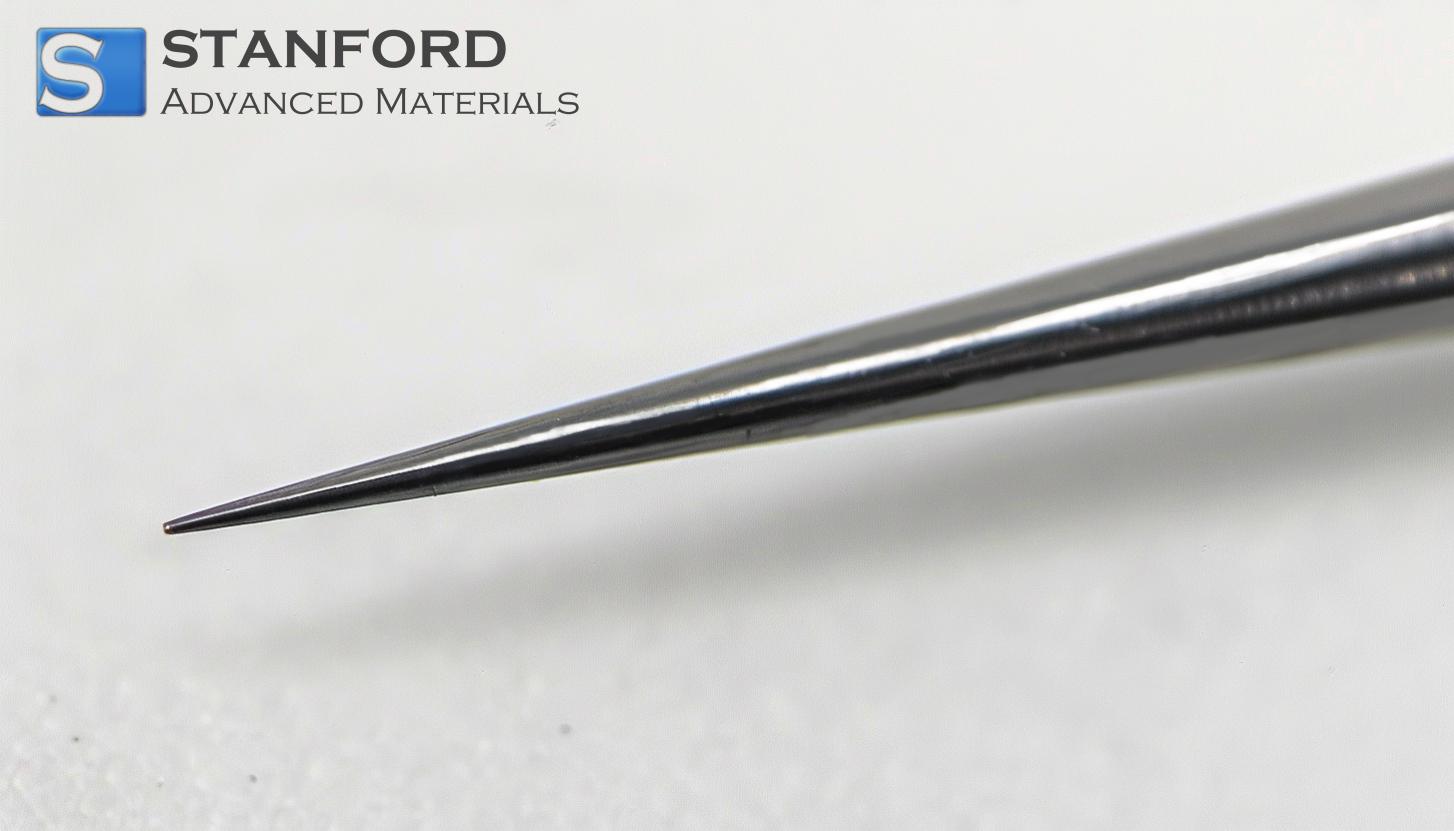
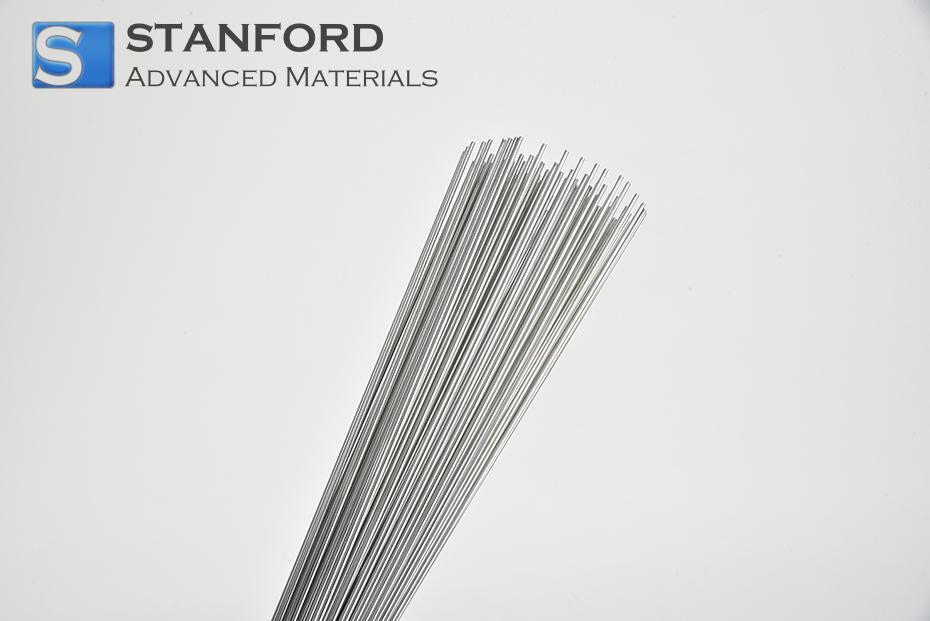
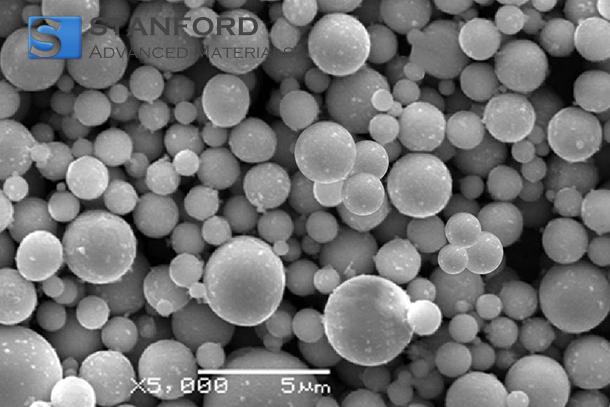
 Chin Trento
Chin Trento



